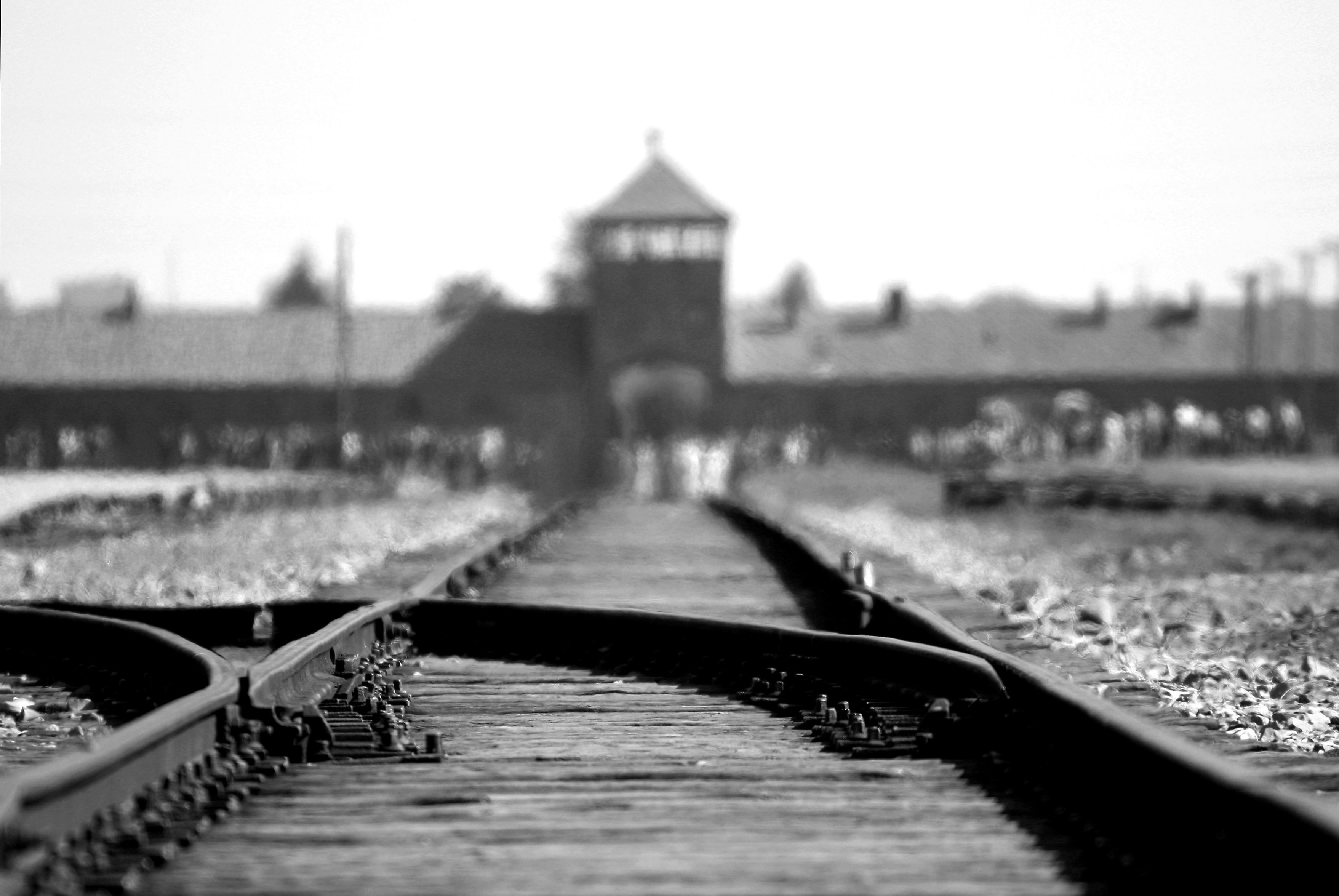The Intriguing Allure of Dark Tourism: An In-depth Exploration
The world of travel is vast and diverse, with countless tourism styles to cater to varied interests. One such fascinating trend that has been gaining traction is dark tourism. This article delves into the intriguing world of dark tourism, its historical context, current trends, advantages, challenges, and its impact on travelers.

A Glimpse into the Dark Side of Tourism
Dark tourism, or tourism that involves traveling to places historically associated with death, tragedy, or suffering, has been around for centuries but has only recently gained a name. It traces back to pilgrimages to catacombs and battlefields in ancient times. Today, it encompasses visits to war memorials, genocide sites, natural disaster zones, and even places of paranormal activity.
The Growing Trend of Dark Tourism
In recent years, dark tourism has seen a surge in popularity, with travelers seeking out these emotionally charged sites for their historical significance, educational value, and the intense emotions they evoke. The popularity of dark tourism can be attributed to an increased interest in history, a desire for authentic experiences, and a need to understand and empathize with past tragedies.
Pros and Cons: A Balanced Perspective
Dark tourism offers several advantages. It provides a deep understanding of history, fosters empathy, and promotes reflection on human nature and societal issues. However, it also poses challenges. There are ethical concerns regarding the potential commercialization of tragedy and the risk of insensitive behavior by visitors. There’s also the psychological impact on travelers, who may face emotional distress when confronted with the harsh realities of these sites.
Fascinating Facts about Dark Tourism
- The term ‘Dark Tourism’ was coined by professors John Lennon and Malcolm Foley in 1996.
- Auschwitz-Birkenau, Chernobyl, and the 9/11 Memorial are among the most visited dark tourism sites.
- Dark tourism has inspired popular culture, with TV shows like ‘Dark Tourist’ gaining popularity.
- Some dark tourism sites, like Hiroshima Peace Memorial Park, have been designated UNESCO World Heritage Sites.
- Dark tourism is not just about morbidity; it also focuses on learning, empathy, and reflection.
Dark Tourism’s Impact on Travelers
Dark tourism is not for everyone, but for those who partake, it can be a profound and transformative experience. It facilitates a deeper understanding of history and human nature and fosters empathy and compassion. It can also lead to personal growth and a newfound appreciation for life. However, it’s essential to approach these sites with respect and sensitivity, bearing in mind the tragic events that unfolded there.
Conclusion
Dark tourism offers a unique perspective on travel, blending history, emotion, and reflection in a way few other styles can. While it comes with its challenges, its benefits are undeniable, offering a deeper understanding of our shared history, fostering empathy, and promoting personal growth. As dark tourism continues to gain popularity, it’s crucial to remember the importance of respectful engagement and ethical behavior when visiting these sites. After all, travel is not just about seeing new places but also about gaining new perspectives and understanding the world better.




